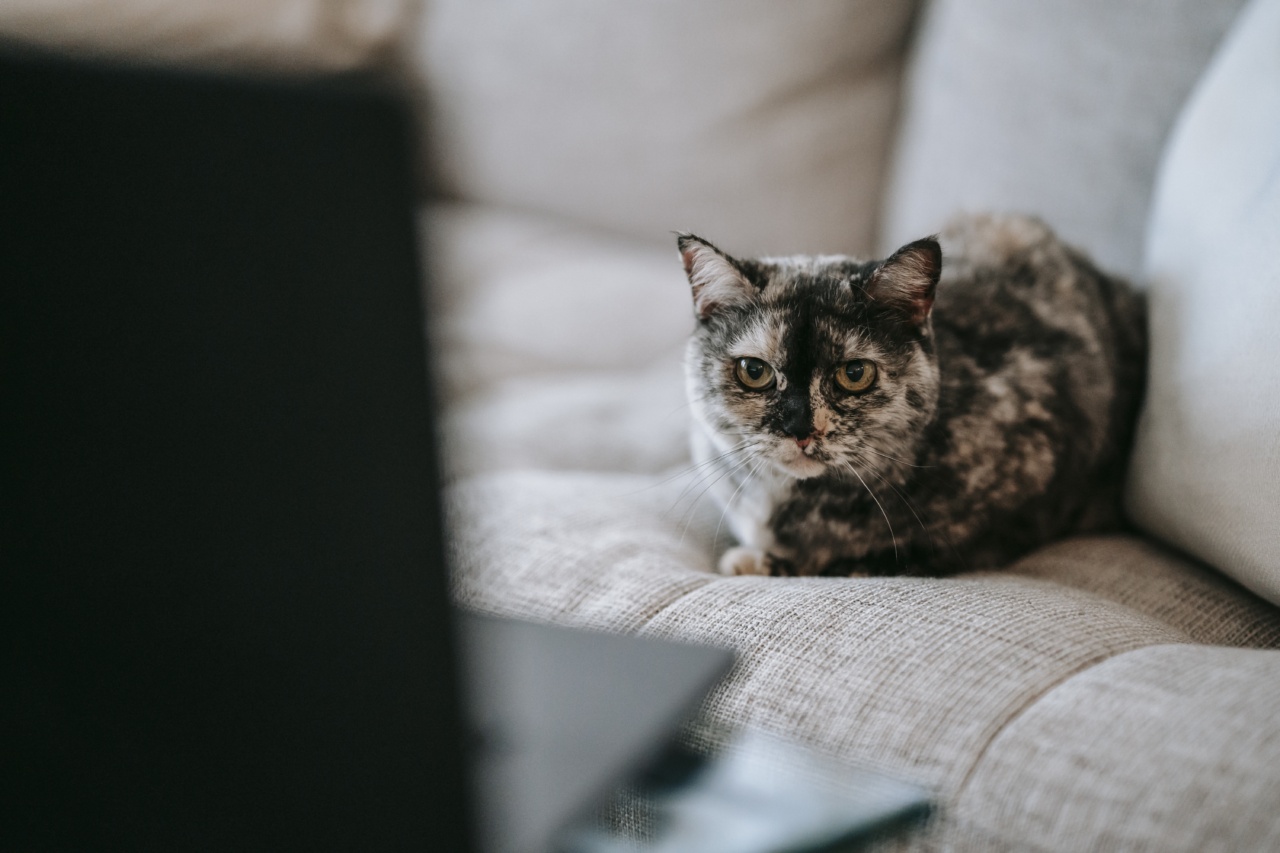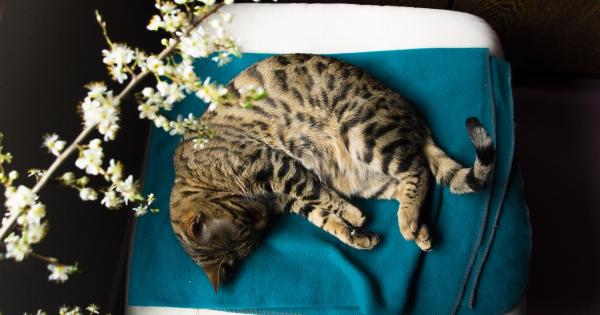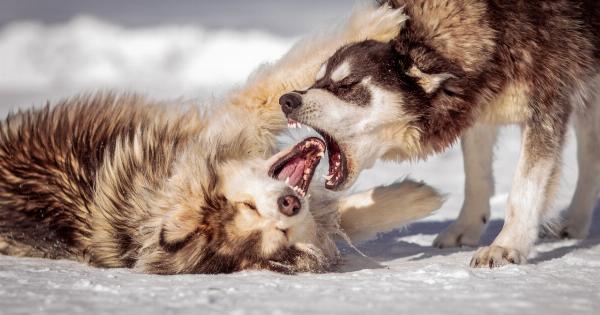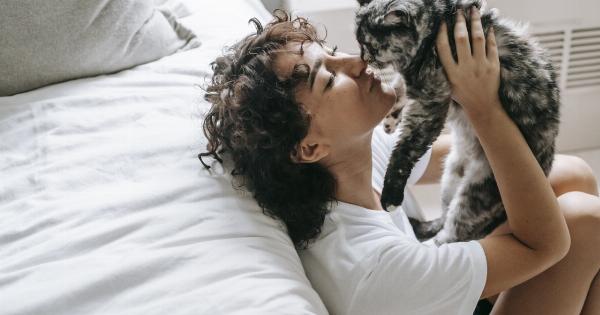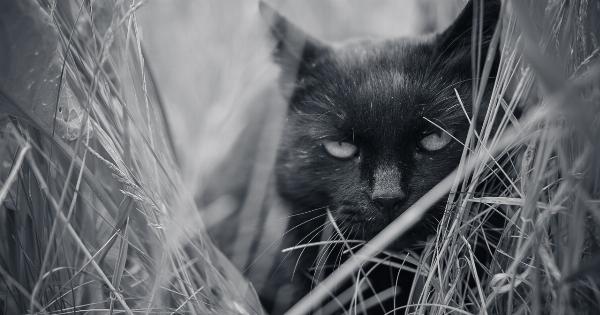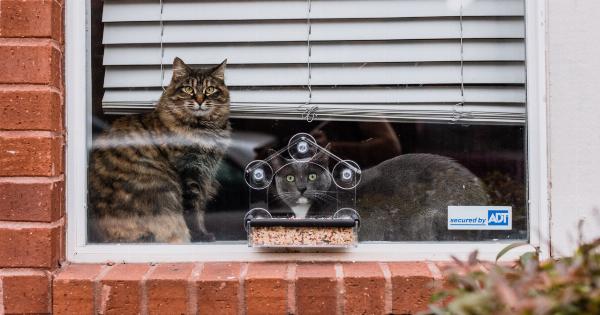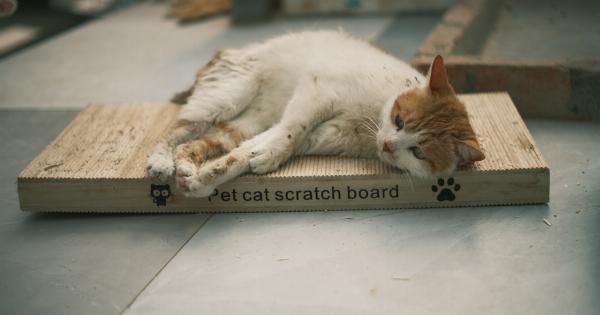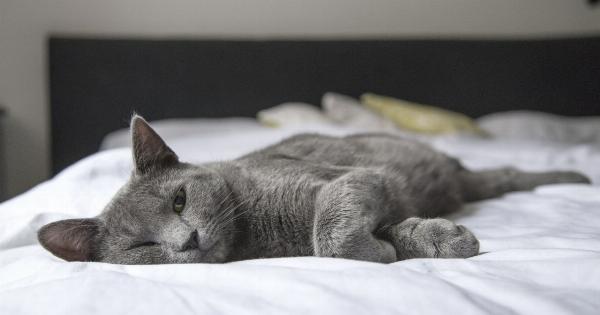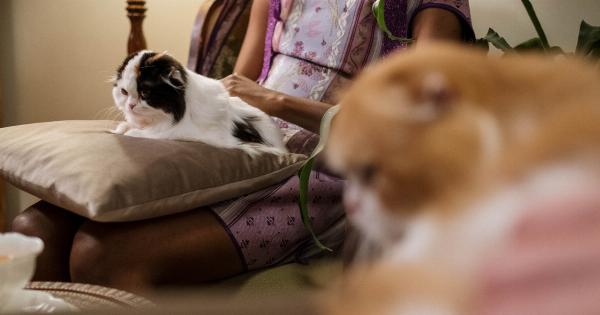Cats have long been known for their independent and solitary nature. However, contrary to popular belief, cats are social animals that can form strong bonds with their owners and other animals.
Understanding the process of cat socialization is crucial for providing them with a healthy and fulfilling life. In this article, we will explore the various aspects of cat socialization and provide you with all the information you need to crack the cat code.
The Importance of Early Socialization
Just like humans, cats go through a critical period of socialization during their early weeks of life. This period, usually between 2 and 7 weeks of age, is crucial for the development of their social skills.
Kittens who are properly socialized during this period tend to grow up to be confident, well-adjusted cats.
During this time, it is important for kittens to have positive experiences with humans, other animals, and various stimuli.
Handling them gently, exposing them to different environments, and allowing them to interact with their littermates and other cats can help form the foundation for a well-socialized adult cat.
Introducing a New Cat to Your Home
Bringing a new cat into your home can be an exciting but challenging experience.
Whether you are introducing a kitten or an adult cat, it is important to provide a slow and gradual introduction to help them adjust to their new environment and any existing pets.
Start by setting aside a separate area for the new cat, such as a spare room, where they can feel safe and gradually get accustomed to the smells and sounds of your home.
Allow them to explore at their own pace and provide plenty of hiding spots and vertical spaces for them to retreat to.
Once your new cat is comfortable in their designated space, you can start the process of supervised introductions.
Use scent swapping techniques, such as swapping bedding or using a pheromone diffuser, to help the cats become familiar with each other’s scent before any direct interaction.
When it’s time for face-to-face introductions, keep the interactions short and positive. Monitor their behavior closely and provide plenty of treats and praise for good behavior.
Gradually increase the duration of their interactions, always ensuring a safe and positive environment for both cats.
Understanding Cat Body Language
In order to successfully navigate cat socialization, it is important to understand and interpret cat body language. Cats use a variety of signals to communicate their emotions and intentions.
By learning to read these signals, you can better understand your cat’s behavior and respond accordingly.
Some common body language cues to look out for include:.
1. Tail Position
A relaxed and upright tail indicates a content and confident cat, while a low or tucked tail may signal fear or anxiety. A tail that is swishing rapidly from side to side can indicate agitation or aggression.
2. Ears
Forward-facing ears generally indicate a curious and relaxed cat, while flattened ears suggest fear or aggression.
3. Eyes
Dilated pupils often indicate excitement or fear, while narrowed pupils can be a sign of aggression or stress. Slow blinking is a friendly gesture, often referred to as a “cat kiss.”.
4. Body Posture
A relaxed and open posture indicates a content cat, while a hunched or tense body suggests fear or aggression. Arched backs and raised fur may indicate aggression or a defensive posture.
5. Vocalizations
Cats communicate through a variety of vocalizations, including meowing, purring, hissing, and growling. Each vocalization can convey different emotions, so it’s important to pay attention to the context and accompanying body language.
The Role of Play in Cat Socialization
Play is an essential part of cat socialization and helps build bonds between cats and their owners. Not only is playtime a great way to provide mental and physical stimulation, but it also allows for positive interaction and socialization.
When engaging in play with your cat, it is important to use interactive toys that simulate natural prey. This helps fulfill their hunting instincts and provides an outlet for their energy.
Play sessions should be short and frequent, and always end on a positive note.
Additionally, providing opportunities for your cat to interact with other cats through supervised playdates or structured playgroups can help improve their social skills and overall well-being.
Dealing with Fear and Aggression
Despite your best efforts, it is possible for cats to exhibit fear or aggression towards humans or other animals. Understanding the underlying causes of these behaviors is crucial in order to address and manage them effectively.
Fear aggression can occur when a cat feels threatened or scared. It is important to give cats space and avoid forcing them into uncomfortable situations.
Using positive reinforcement techniques, such as treats and gentle praise, can help build their confidence and reduce fear-based aggression.
Redirected aggression may also occur when a cat becomes overstimulated or frustrated and directs their aggression towards a nearby person or animal.
It is important to identify the triggers and remove the cat from the situation until they have calmed down.
Seeking Professional Help
If you are experiencing significant challenges with cat socialization or if your cat’s behavior is causing distress or safety concerns, it may be helpful to consult with a professional animal behaviorist or a veterinarian experienced in behavior. They can provide guidance and develop tailored strategies to address your specific situation.
Conclusion
Cracking the cat code of socialization can be a rewarding journey that strengthens the bond between you and your feline companion.
By understanding the importance of early socialization, introducing new cats to your home gradually, interpreting cat body language, encouraging play, and addressing fear and aggression, you can create a harmonious environment where your cat can thrive.
Remember, every cat is unique, and patience and understanding are key when it comes to socializing cats. Enjoy the process of getting to know your cat and providing them with the socialization they need to live a happy and fulfilled life.
